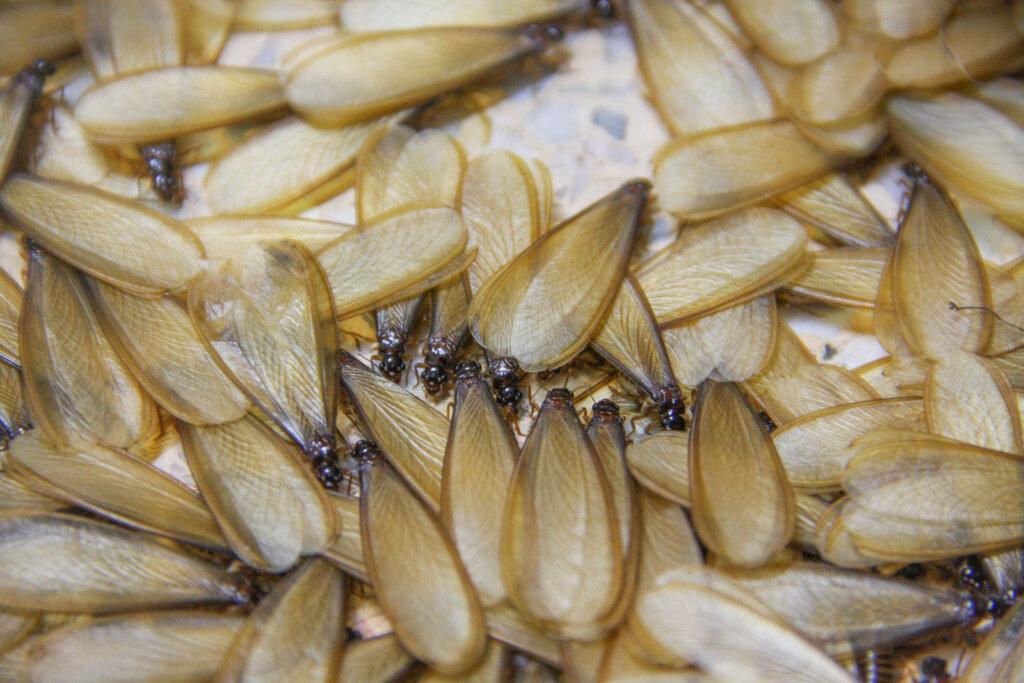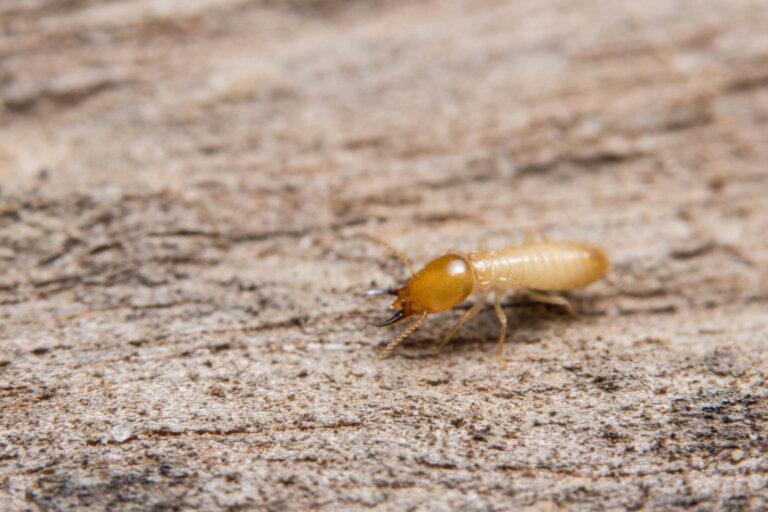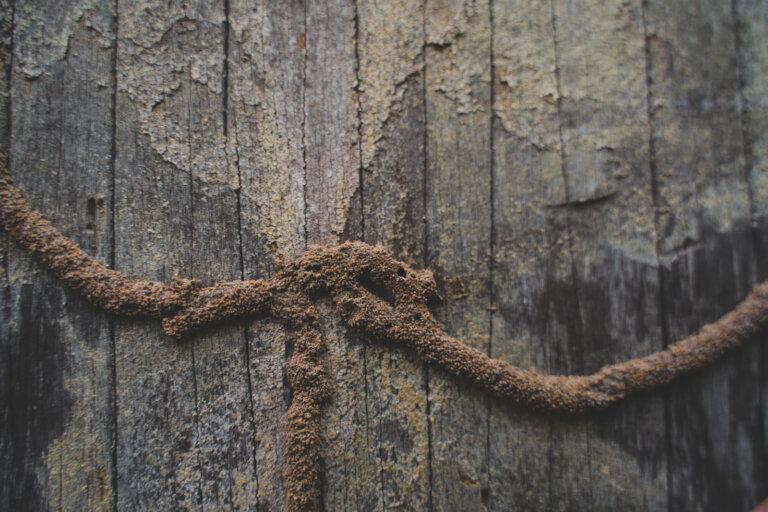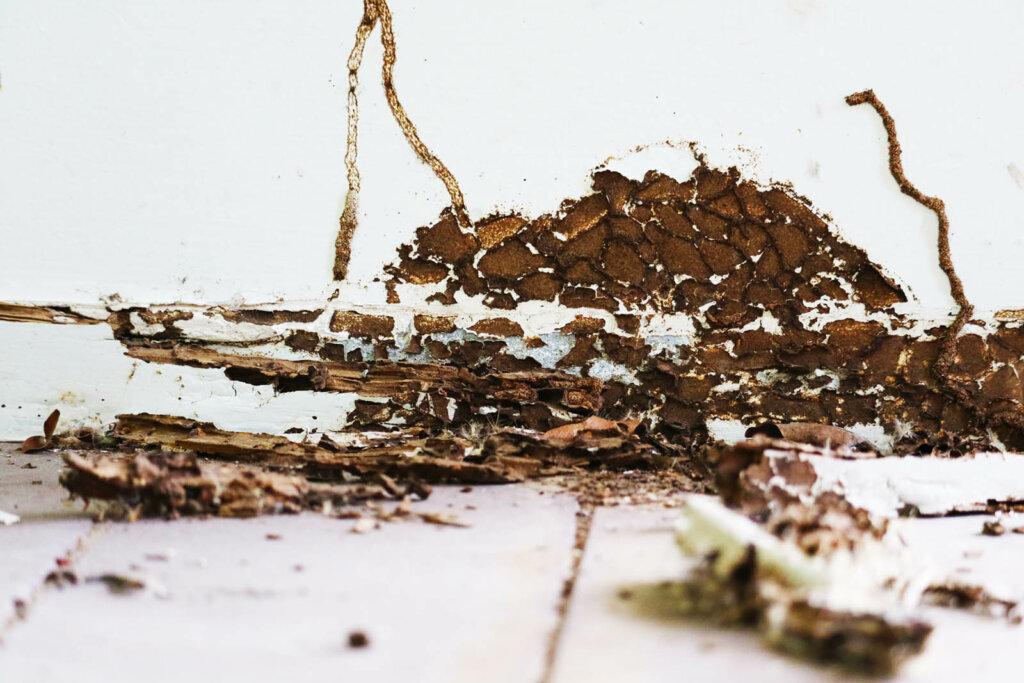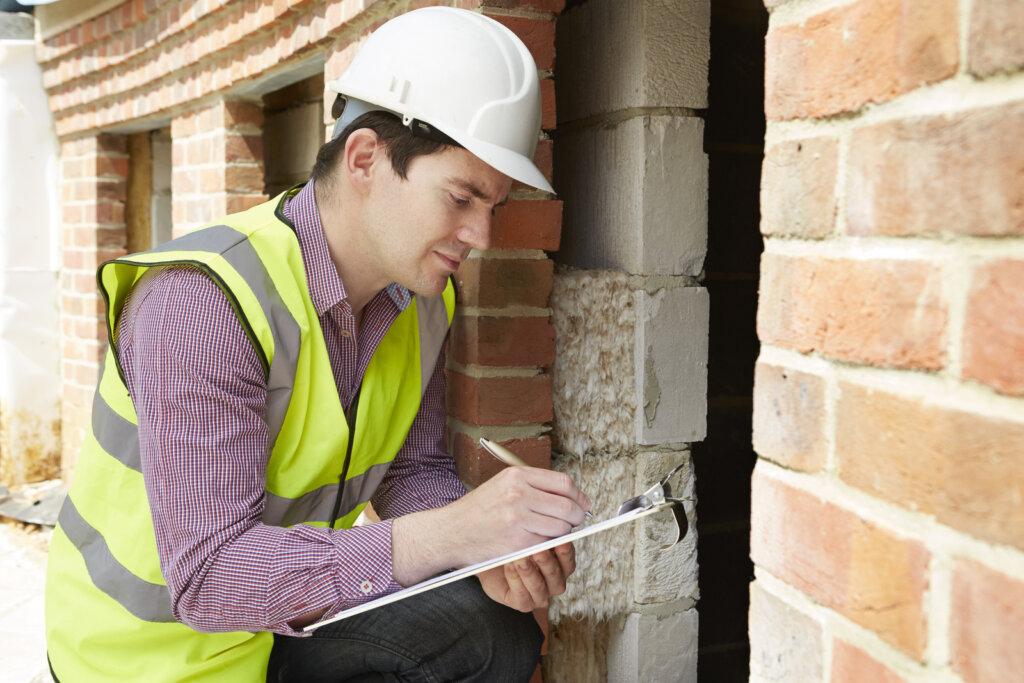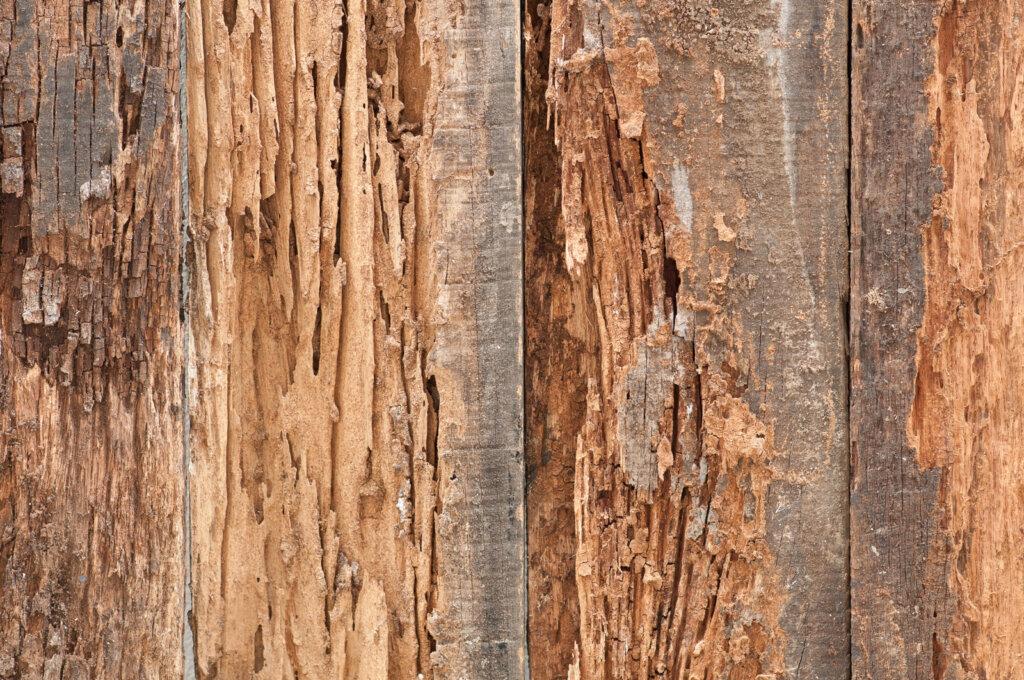Termites are extremely small, wood-eating insects. There are dozens of species of termites in the US, found in every state except Alaska. Chances are good that your house has or will have damage from termites.
There are two big issues for homeowners regarding termites:
1. Treating and Preventing Termites
2. Dealing With Termite Damage
The focus of this article is on selling your house if it already has termite damage, but we’ll also cover common questions people have about termites.
Since you found this article, you may already know that you have termite damage. But if you need to confirm an infestation, there are three simple ways to do so: finding actual termites, shelter or mud tubes and damage to your house.
If you find termites in or near your home, this is a good indicator that you may have an infestation. Swarmers are termites that have wings. Finding them near your home may mean that an established colony has been in your home for several years.
The non-winged termites will look something like this:
But they will likely not be visible in most cases because they usually remain underground or inside the wood they are eating.
Unlike ants and other insects, subterranean termites don’t travel openly over soil or other surfaces. Instead, they will burrow through wood or other materials, and they will make tubes roughly a half-inch in diameter from soil, wood and other debris. These long tubes are absolute proof that termites have been in that location. Break off a portion of the tube to see if any termites are currently traveling inside. If none are visible, it does not mean the colony is no longer active since they may have moved to a different area. If the tube you broke is repaired in a few days, this is an obvious indicator that termites are present. Look for other nearby tubes and see if any contain termites.
You can find the tubes on foundation walls, both on the exterior of the house as well as underneath. They can also be found on floor joists, walls and even in ceilings.
Damage to wood is often hidden for extended periods of time. Because termites tend to invade a home from underneath the structure, it may take years for damage to become obvious. This is why prevention is so important.
Signs of damage include sagging floors, wood that is easily punctured, a brown film left on surfaces, mud tubes as mentioned above, and wood that looks porous or eaten.
If you are not able to see any signs of active termites, but you still need some peace of mind, consider getting a termite inspection by a trusted pest control company. They will know where to look and have the tools and techniques necessary to probe into areas you can’t easily access yourself.
Once the inspection is completed, the company will let you know if you have an existing infestation and any structural damage.
After your house is inspected, the pest control company will offer a course of treatment and will typically offer some type of termite bond or guarantee against termite damage in the future. This involves at least annual inspections, and any necessary treatments.
If you are planning to sell your house and have discovered termite damage, the sales process gets a bit more complicated. As the seller, you have a few options:
When buying a house, potential buyers will seek houses that are in good condition. If a house needs repairs, buyers are less likely to tour a house, much less buy it. And you will need to disclose existing damage when you list a house for sale.
A house with termite damage may be difficult to sell. Buyers will shy away from houses that have this kind of damage because of perception alone. Termite damage is usually hidden, and buyers will assume there might be more hidden somewhere else, and repairs could be costly.
So, to get your house sold, if you have the time and the money, your best bet is to hire professionals to make the repairs. Of course, you should have the termites eradicated and the house treated prior to making repairs.
If you caught the infestation early, the damage is probably minimal and won’t be too expensive to repair. Just get at least two repair estimates to be sure you are not paying too much.
However, if the colony has been in place for multiple years, damage can run into many thousands of dollars due to structural damage or damage that is hidden behind walls and in floors.
You can sell a house with existing termite damage. You aren’t required to repair anything prior to selling your house, but you will need to disclose the damage in most states. Disclosure is a good idea even if not required by law, as this can prevent future legal entanglements if the buyer decides to sue.
One important note is that many lenders will not provide a mortgage if the property is not free of termites and other types of pests. So, while they will provide a loan for a house with damage, if termites are still in the house, the loan will not be granted.
And it goes without saying that a house with pre-existing damage will likely sell for a lower price.
You still need to disclose the termite damage and infestation to a cash buyer, and you’ll likely receive a slightly lower amount to account for the repairs and remediation required, but this type of buyer has much greater flexibility to deal with damage and repairs than do typical “retail” buyers.
Another benefit is that this type of buyer can typically close faster than traditional buyers. For example, we can close on a house as fast as 7 days, and most within 21 days.
After you have gotten your house treated by a pest control company, and after any necessary repairs have been made, you should take some simple preventive measures to ensure no further infestations occur.
Termites are attracted to moisture. If you have standing water under or around your house, this is a likely place where termites will enter the house. Like most insects, termites need a source of moisture to survive. Make sure your gutters and drains channel water well away from the house. Pay attention to air conditioner units or faucets that release water near the house and make sure that water drains away from the house.
Foundations and materials that are at the ground-level of the house should be concrete or other hardened materials. Wood that touches the ground is an invitation for pests to enter the house. Remove soil as necessary to leave at least a six inch gap between the ground and wood materials. Pressure treated wood is not impervious to termites, so don’t rely on this to prevent infestation.
These materials are all sources of food for termites. When they are placed directly against a house, they attract termites. Large piles also provide an easy entry point above soil that may have been treated, allowing termites to circumvent treated areas that would normally prevent entry. Piles of materials can also hide any signs of infestation, allowing for damage to take place undetected for long periods of time.
Like the materials mentioned above, other vegetation close to the base of the house can provide termites with a source of food and a point of entry. Remove these regularly.
Mulch material, whether bark, stone or other materials, can create a moisture barrier that keeps the ground moist below the materials. This moisture attracts termites and can make those areas more susceptible to infestation.
If your home has a crawl space, make sure the moisture level is as low as possible. Make sure external vents in the crawl space are not blocked by dirt, vegetation or other materials. You may need to install a vapor barrier over the soil that will keep moisture out of the space.
To prevent unwanted entry by termites and other pests, look for any cracks or gaps that have formed in material on your home’s exterior. Seal with caulk or other appropriate sealants.
Termite damage is typically not covered by homeowners insurance. Because termite infestations can be prevented through regular treatment and maintenance, insurance does not cover damage in most cases.
However, a termite warranty or termite bond provided by a pest control company may cover damage repair costs.
How long does it take for termites to cause major damage in a home?
Yes, you can sell a house that is currently infested with termites. However, you will need to disclose the infestation and any damage caused by the termites.
Be aware that lenders may not underwrite mortgages for properties with active pests, which will make it difficult for most buyers to purchase an infested property. Also, buyers will expect a lower price to compensate for the infestation and damage. You may not be able to find any buyers with the house in this condition.
Termite monitors: Monitors are pieces of wood that are not treated and will not kill termites. They must be inspected regularly for signs of being eaten. If signs of consumption are found, further treatment will need to be implemented to kill the colony.
Bait systems: Bait systems are installed in the ground, around the house like the monitors. The bait is an insecticide that is consumed by the termites and affects the molting process, killing off the workers and eventually starving the king, queen and other members of the colony.
Soil treatments: Where possible, a trench is dug around the property and a termiticide is sprayed into the trench. The trench is filled and the termiticide becomes a barrier that repels termites so they never enter the house. It can kill them as well.
Wood treatments: Treatments can be applied directly to wood surfaces, and come in the form of sprays and foam. These may be applied during home construction and after infestations are found.
If your house has a current or previous termite infestation and/or termite damage, and you just don’t want to deal with repairs and bug treatments and everything else that goes with the problem, Resideum is ready to help. We buy houses with termite damage . We buy houses even if termites are in the house right now.
Complete the form below to request your no-obligation cash offer on your termite-damaged or infested house:
